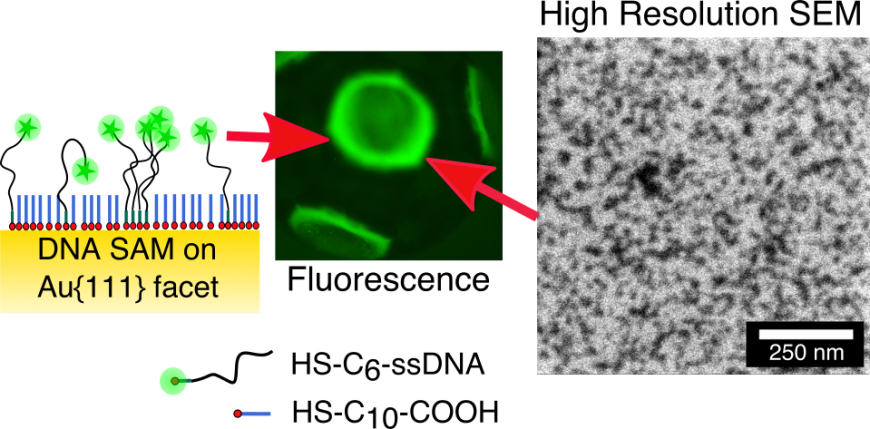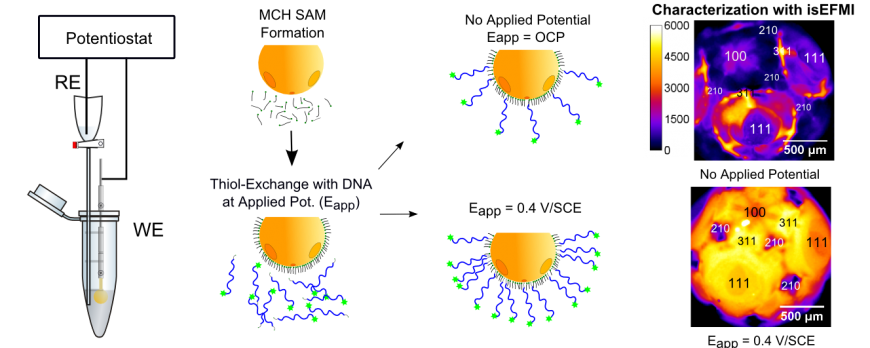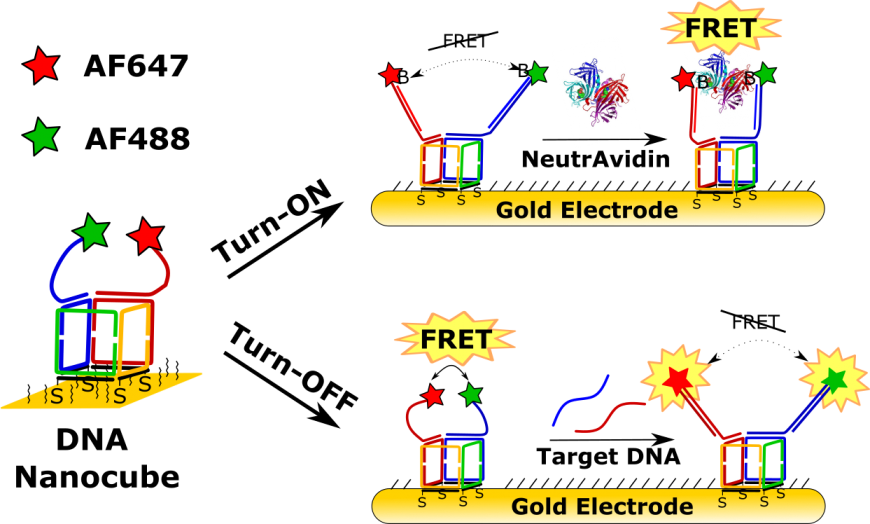
Dan Bizzotto
Profile
Featured Publications
Research and Teaching Interests
Electrochemical processes form the basis for many chemical phenomena; the purification of metals, the detection method used in some biosensors, the creation of electrical energy in a fuel cell. Study of the chemistry that occurs on an electrode surface requires the use of many electrochemical techniques as well as in-situ spectroscopic and microscopic tools. Our main research focus is the study of molecular films adsorbed onto electrode surfaces. We investigate how the electric potential changes the nature of the molecules on the electrode surface. We probe these changes using electrochemistry (voltammetry, impedance, chronocoulometry) and in-situ spectroscopies such as FTIR, reflectance, Raman, and fluorescence in addition to AFM. We have also used these techniques to probe the electrocatalytic properties of Pt and Pt - alloy catalysts that may find use in fuel cell applications
Current projects include:
In-situ Fluorescence Microscopy Characterization of Modified Electrode Surfaces
We have developed a unique tool to study electrode surfaces modified by the adsorption of molecules like fatty alcohols, alkylthiols, thiolated DNA, etc. This method is able to 'see' heterogeneity or uneven coverage by these molecules. Using this method, we hope to provide insight into the nature of these regions and preparation methods that minimize these areas. The surfaces under study usually form the basis for a number of biosensors.

Methods to allow for scanning electron microscopy (SEM) imaging have been developed for these DNA SAMs to complement some of these fluorescence studies.

Electrochemical DNA Sensors
With the in-situ analysis of the modified electrode surfaces, we are working towards understanding the assembly of DNA SAMs onto single crystal gold bead electrodes. These electrodes show many different surface features which influence the way the DNA SAM is created and how it behaves. The preparation of these complex surfaces using potential assisted deposition techniques has advantages which are under investigation for improving the quality of the biosensor surfaces.

SAMs of DNA nanostructures for electrochemical biosensing
Using DNA nanocubes to position the DNA probes on a gold electrode were shown to be effective turn-on or turn-off sensors

Contact
Curriculum Vitae
Education:
B.Sc., Calgary (1989);
Ph.D., Guelph (J. Lipkowski, 1996);
Postdoctoral, Plymouth Marine Laboratories, Plymouth, UK (A. Nelson, 1996-7) and Fritz Haber Institute der MPG, Berlin, Germany (B. Pettinger, 1997-8).
Awards:
2015 Prix Jacques Tacussel, International Society of Electrochemistry
2001 Lash Miller Award, Electrochemical Society, Canadian Section
